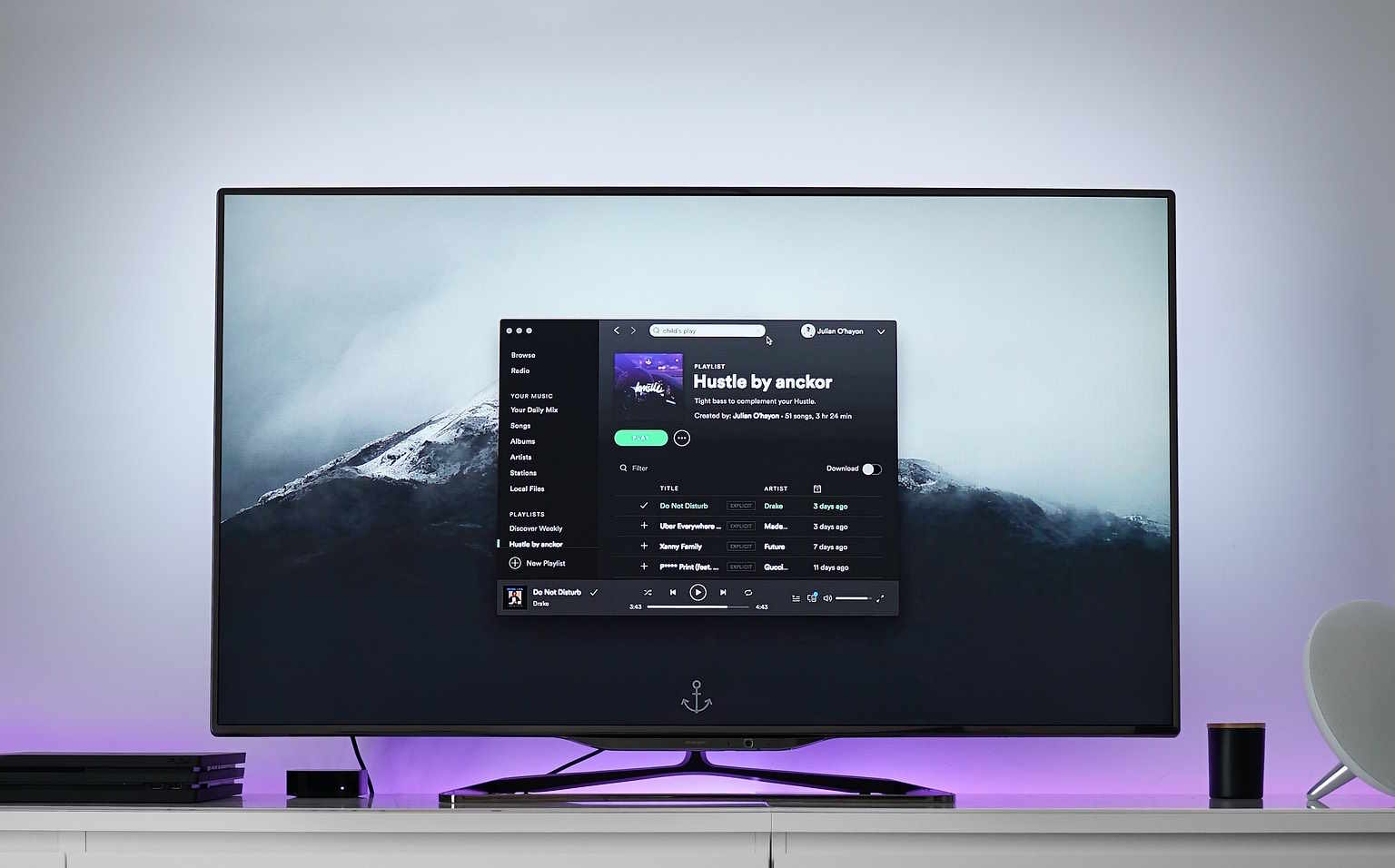Slow Living: A Response to Modern Stressors
In an era of fast-paced living and constant connectivity, the Slow Living movement is gaining traction as a counter-response. This lifestyle trend emphasizes mindfulness, simplicity, and a return to nature. Read below to delve into the fascinating world of Slow Living and its implications for our society.

The Concept of Slow Living
Slow Living is a cultural shift towards slowing down life’s pace. It’s about savouring the hours and minutes rather than just counting them. It’s about quality over quantity in everything from work to food to parenting. The Slow philosophy is not about doing everything at a snail’s pace. It’s about seeking to do everything at the right speed and appreciating the value of slow.
The Origins of Slow Living
The Slow Living movement has its roots in the Slow Food movement, which started in Italy in the 1980s as a protest against fast food. The Slow Food movement emphasized local and traditional food production methods, which were seen as healthier and more sustainable. This philosophy gradually expanded to other areas of life, leading to the broader Slow Living movement.
The Benefits of Slow Living
Adopting a Slow Living lifestyle can have numerous benefits. It can reduce stress, improve health, strengthen relationships, and increase satisfaction with life. By focusing on the present moment, individuals can gain a deeper appreciation for their experiences and develop a more mindful approach to their daily activities.
The Challenges of Slow Living
Despite its benefits, Slow Living is not without its challenges. In a society that values speed and productivity, slowing down can be seen as a sign of laziness or inefficiency. Moreover, many people find it difficult to disconnect from technology and resist the urge to multitask. However, with practice and patience, it is possible to incorporate elements of Slow Living into one’s lifestyle.
The Future of Slow Living
As more people become aware of the negative effects of a fast-paced lifestyle, the Slow Living movement is likely to continue growing. It offers a refreshing alternative to the stress and burnout associated with modern life. As such, Slow Living has the potential to significantly influence societal norms and values in the future.
- Slow Living is not about being slow but about being mindful and deliberate.
- The Slow Living movement originated from the Slow Food movement in Italy.
- Benefits of Slow Living include reduced stress, improved health, and increased life satisfaction.
- Challenges of Slow Living include societal pressure to be productive and the difficulty of disconnecting from technology.
- The Slow Living movement is likely to continue growing as people seek alternatives to a fast-paced lifestyle.
In conclusion, Slow Living is a powerful response to the stressors of modern life. It encourages us to slow down, be more mindful, and appreciate the simple pleasures in life. While it may be challenging to adopt in a society that values speed and productivity, the benefits of Slow Living are significant and far-reaching. As we continue to navigate the complexities of modern life, the Slow Living movement offers a beacon of hope for a more balanced and fulfilling lifestyle.






